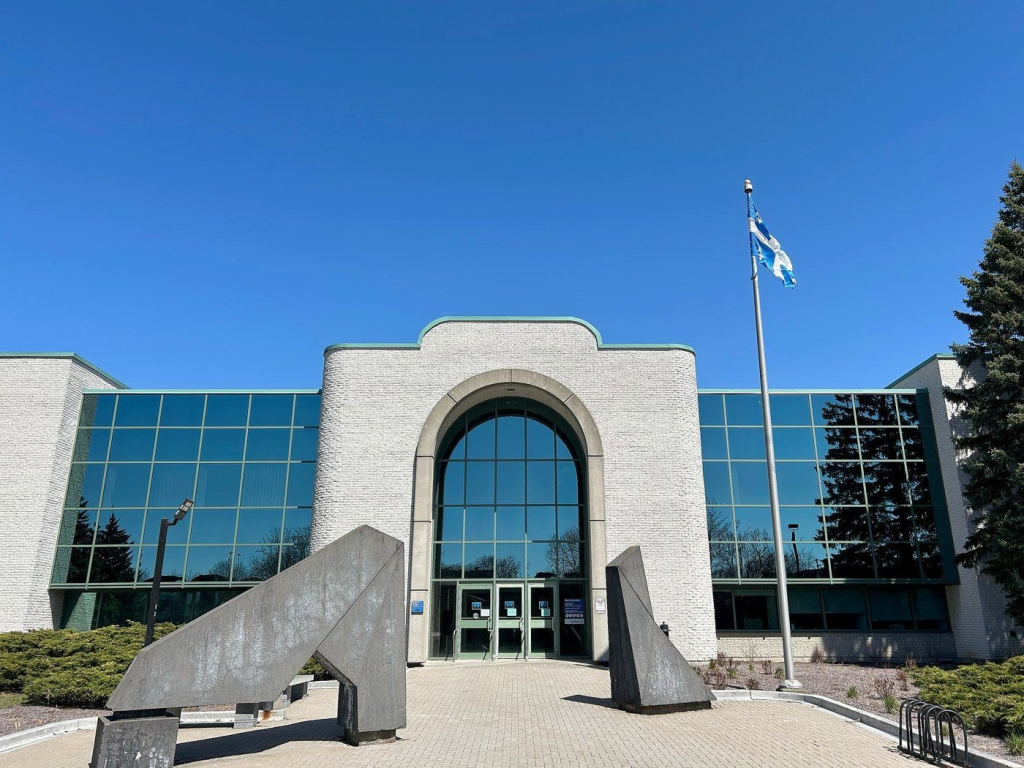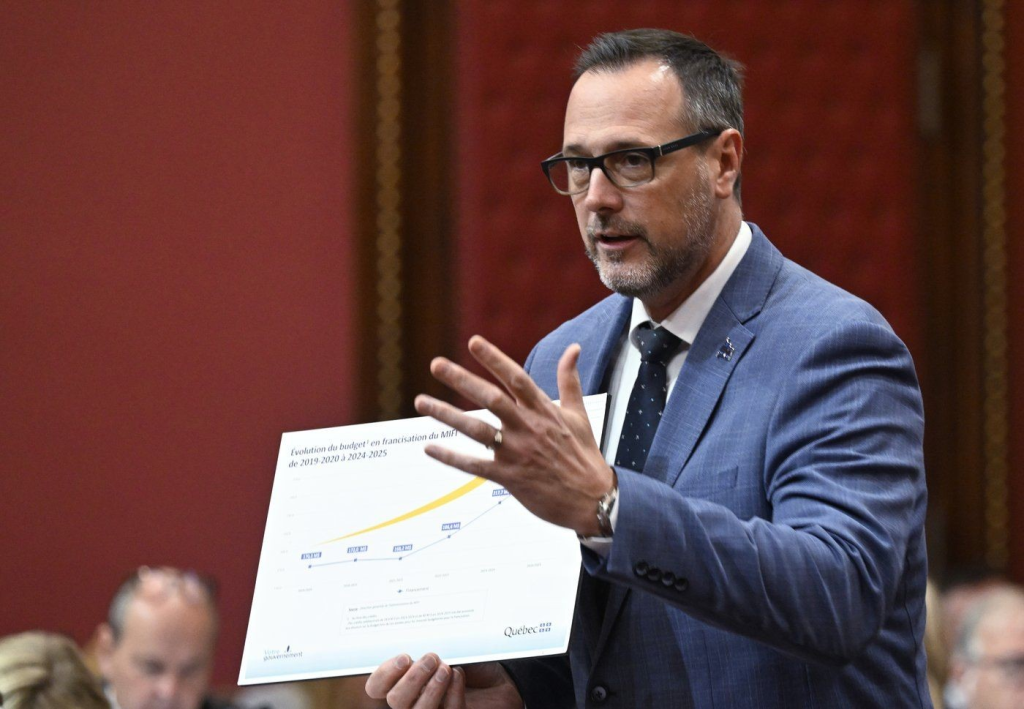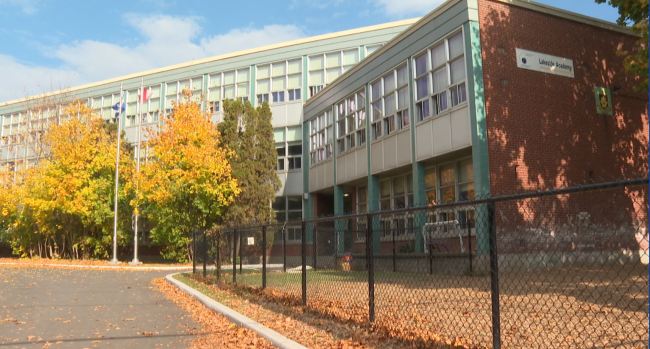Quebec emergency rooms see continued overcrowding amid surge in respiratory infections
Posted January 2, 2024 9:54 am.
Last Updated January 2, 2024 6:33 pm.
Quebec’s emergency rooms remain overcrowded, as the average occupancy rate across the province was over 120 per cent on Tuesday morning.
According to health information website Index Santé, average wait times for people in in ER waiting rooms was just under five hours and over 17 hours for people on stretchers.
“We’re seeing what we’ve seen for a lot of this winter season, which is people are sick,” said epidemiologist and cardiologist Dr. Christopher Labos. “People are showing up to the emergency rooms in large numbers. And a large portion of that is the respiratory viruses like COVID, like influenza, like RSV that are making people sick and landing them in hospital.
“I think when you look at the numbers across the province, you’re seeing that the emergency rooms everywhere are very full.”
In Montreal, the overall capacity was at 139 per cent Tuesday. The hardest-hit hospitals included the Royal Victoria at 212 per cent, the Montreal General at 206 per cent and the Lakeshore General at 174 per cent.
Cité-de-la-Santé hospital in Laval was at 150 per cent capacity. Anna-Laberge in Châteauguay was at 178 per cent.
“We have seen these numbers before and we try to cope as best as we can in the health-care system,” said Labos. “It’s harder to cope now because of personnel issues and also because of fatigue. People get tired.
“It’s also, I think, problematic to normalize what shouldn’t be a normal situation. People will say, ‘well, 120 per cent is not that bad. We’ve seen worse than that.’ And that’s true, we have seen worse than that. But it’s important not to normalize a problem because then it becomes harder to try and fix it.”
Average occupancy rates in Quebec ERs have been above 100 per cent every day since Dec. 27, following a four-day period when average occupancy rates dropped below 100 per cent for the first time since Nov. 12.
The winters were always worse because of respiratory viruses like influenza,” Labos said. “Now you had COVID on top of that. You have all the problems with regards to personnel shortages that we experienced during the pandemic because of burnout and people leaving the system. That has just made a bad situation even worse.”
‘Giving people alternatives’
Quebec’s health ministry says people with minor illness should consider accessing health-care through other services instead of going to the ER. They say a majority of patients who go to hospital ERs don’t require that level of care.
They also encourage people to stay home if they have a fever and wear a mask if they have symptoms of a respiratory virus.
However Labos says sometimes patients don’t have another choice.
“Yes, there are certainly things, there are certainly problems that people go to the emergency room for that are not true emergencies,” he said. “But people don’t know what’s an emergency ahead of time. If there was no overcrowding, you would see these patients and you would send them home. And it wouldn’t be as much of an issue.
“So there’s not one problem and there’s not one solution. There’s multiple avenues that we need to address. One is more supply in the system and one is decreasing the demand in the system and giving people alternatives to having to go to the emergency room and wait potentially hours to get seen.”
- –With files from the Canadian Press








